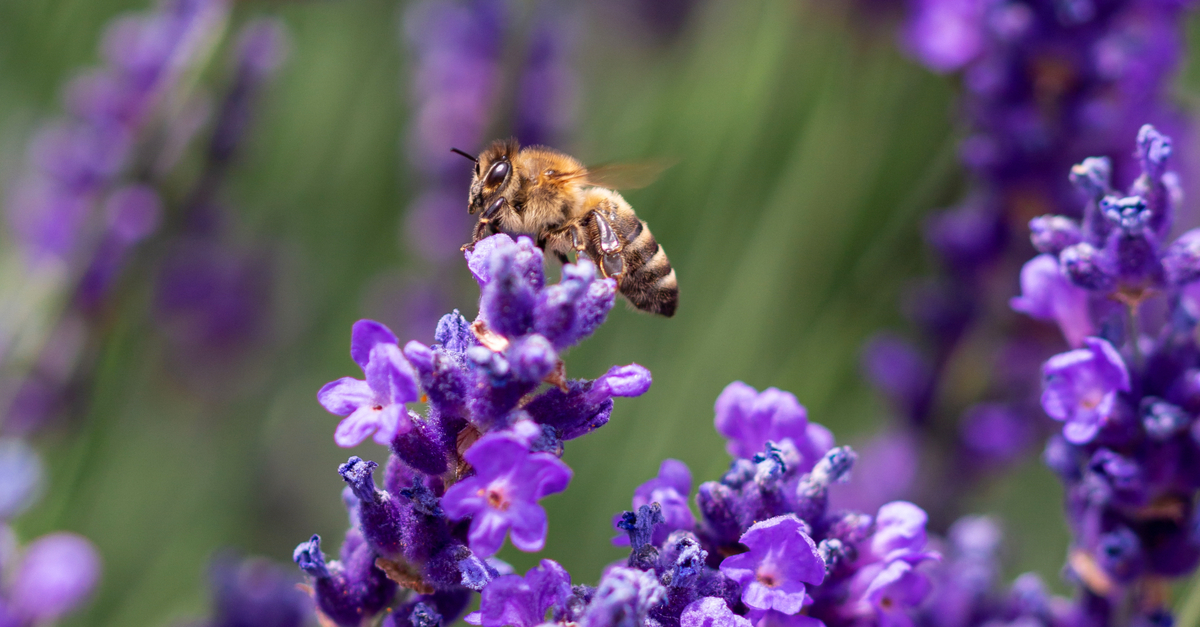
Sustainability runs capital. During the last 10 years the capital in sustainable indexes has doubled. During the last year sustainability indexes that concentrate on environmental (E), social (S) and governance (G) have had higher returns than their non-sustainable competitors both on the European and North American market. As there are several indexes it can be difficult for investors to understand what they contain and how to compare them. The European Union strives to make the indexes more comparable and transparent by creating new directives and therefor creating a stronger and cleaner economy.
EU leads capital towards sustainability
The new laws concerning sustainable finance by the European Union leads towards sustainable investing by a creation of clearer definition of tools and obligations of sustainability reporting and -valuation. To support this, the European Union has published the EU Taxonomy Regulation for sustainable development. The Taxonomy Regulation contains harmonic criteria that define whether the economic activity is sustainable from the nature’s perspective. The classification contains e.g., climate change, water resources, and circular economy. The creation of the taxonomy regulation unites sustainable reporting which makes it easier for investors and other financial actors to make their investment decisions. The classification is new for companies and it is profitable to start preparing for them already now.
Additionally, the European Commission will approve a directive in June 2021 that specifies the reporting among non-financial information. The directive defines how and how widely companies must report according to the above-mentioned Taxonomy Regulation.
The first company- and investment reports in accordance with the new Taxonomy Regulation must be published in the beginning of 2022 about the financial information from 2021.
You might be interested in our webinar recording“New in Sustainable Finance: How to apply EU’s taxonomy regulation and reporting requirements”
Are you interested in sustainable finance? Are you familiar with the new classifications and reporting requirements in sustainability by EU? Have you wondered how you should prepare to meet the obligations?
Welcome to hear more about sustainable finance, the new obligations and how one should prepare to develop the reports. Our expert will go through EU’s Taxonomy Regulation in our webinar recording.
Read more and watch the webinar here!
Text: Sanna Perkiö
Photo: Shutterstock
Sources:
Kauppalehti 5.1.2021. ”Vastuullisuus sai vauhtia koronasta”




